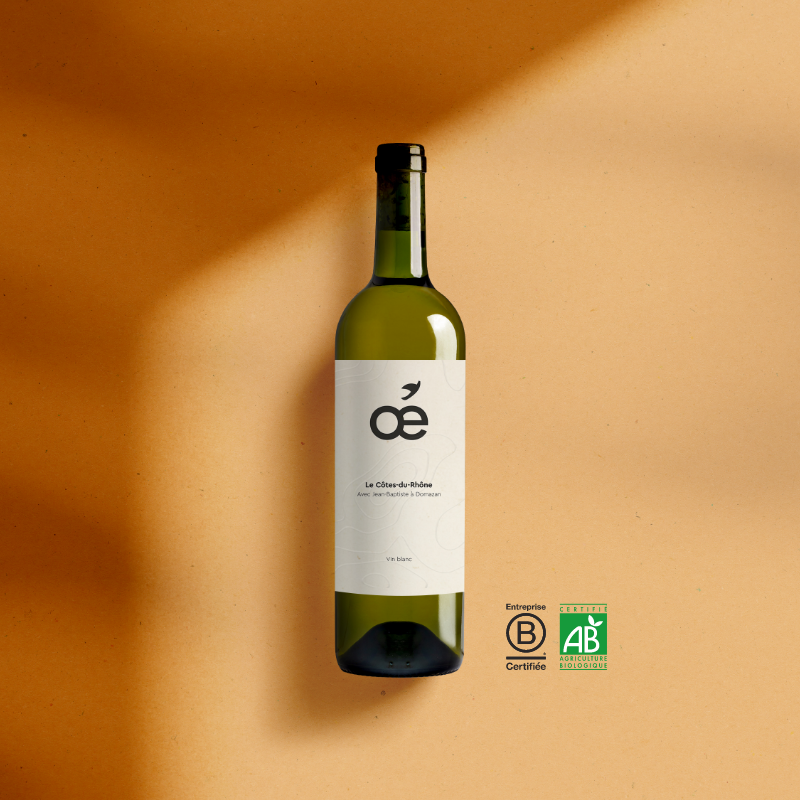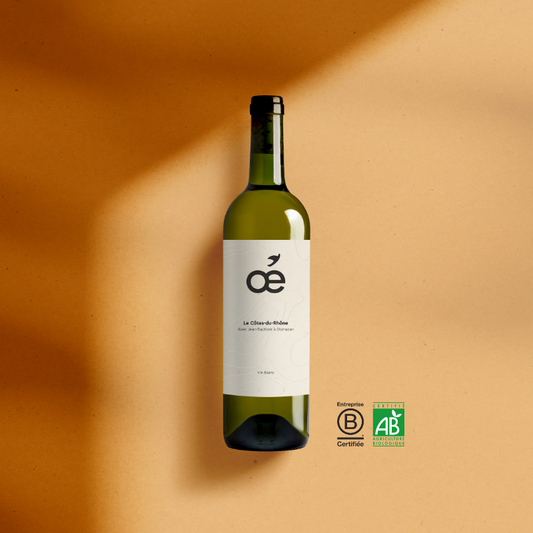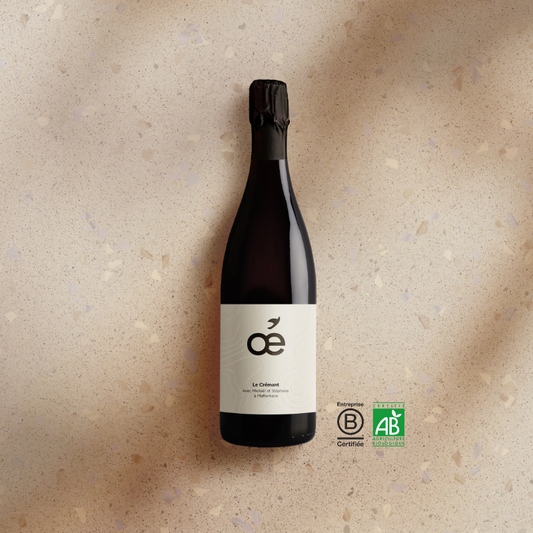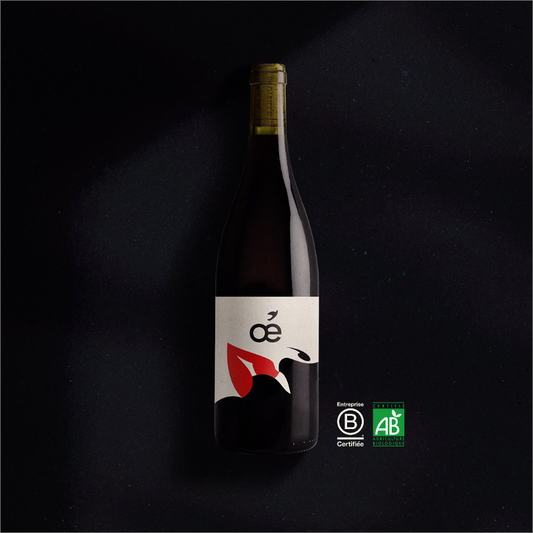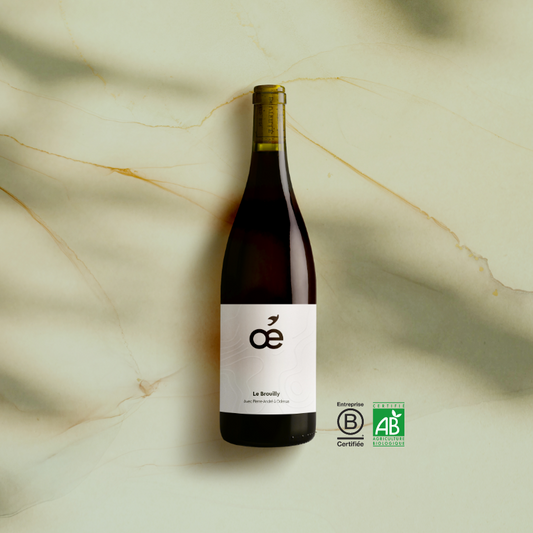Dressing up is a real indulgence for many of us and that's understandable. Clothes are like our second skin, we love renewing our wardrobe and showing off our best side. Yes , fashion is fun, but at what cost? Beyond our wallet which empties with each purchase, does the planet also suffer the consequences of our purchases ? Let's see it all together.
Fast-fashion, the worst enemy on the planet
The days of uniforms are far behind us. Today, meeting two people dressed the same in the street is almost as rare as finding a four-leaf clover. Although diversity is a wonderful thing, it is not without cost to the planet especially when fashion changes every other day.

If we have come to this, it is largely because of oil , which has allowed the creation of new artificial materials . You know those funny names that end in “er”, “ose” or “ane” (elastane, viscose, polyester) on the labels of clothes often signed “made in China”.
All these often elastic materials have made it possible to develop clothes that until then did not exist or were difficult to find their place. Joggers, T-shirts, tank tops, etc. For shoes, the range of possibilities has also widened, brands and designers have had plenty to have fun with. We say thank you to oil for this magnificent trend of tap shoes that has many followers. Everyone has their own style, you'll tell us, and you're right, the most important thing is to feel good in your sneakers!

In short, oil has allowed the world of clothing to develop well and push creativity to its climax, but at what cost? That of a sick earth .
It is difficult to realize when you innocently buy a T-shirt, a swimsuit or a dress, that our purchase contributes to climate change and pollution on earth . Yet the fashion industry is one of the most polluting industries in the world . At first glance, we would not have bet a penny on this industry, and that is understandable. How can you imagine that a pair of socks can wreak havoc. There are several reasons for this drama, and the first is the production .
To produce a garment you need a lot of energy and raw materials and when it is big companies that produce on the assembly line, the raw materials are almost all from synthetic products and the machines that make the clothes are very energy- intensive and use fossil fuels . Nothing really green about it.
The second problem is transportation . The fashion industry is one of the most relocated industries. Labor is so cheap with our Chinese, Indian, Sri Lankan or Vietnamese friends that many brands are rushing to relocate production . Beyond the social problems that this poses, because some brands exploit and underpay employees, the planet also takes a hit. China is not next door and sending clothes from one end of the globe to the other is very polluting .
The third reason is overconsumption . Overconsumption is fast fashion 's best friend . What is fast fashion? It is the constant renewal of clothing collections by brands to make consumers want to buy clothes again and again . Want a talking picture? The principle of fast-fashion is a bit like the donkey and the carrot. It's an endless mechanism that wants us to believe that we will be satisfied with the next purchase, but each time the brand creates a new desire. The famous, “ this is the last before the next ”. Not only is fast fashion not good for the planet because it requires constant production, lots of waste and discarded clothes , but it's also bad for us because we're chasing endless fashion. The shelf fills up and yet, we are never satisfied.
Slow-fashion and its solutions for ethical fashion
We sometimes think that to be responsible and ecological , we must restrict ourselves enormously and give up certain pleasures. Fortunately not, the goal of the ecological approach is to relearn how to consume better , to succeed in having fun with environmentally friendly alternatives. All this is possible, even in fashion. So you might be wondering why are we talking about all this? The relationship between wine and fashion? Quite simply because at Oé, we like committed brands, which push the envelope further to innovate and revolutionize their sector.

Eco-responsible brands
Producing locally , using responsible raw materials (natural, organic and recycled) , working with short circuits , it's possible. More and more eco-responsible brands are emerging for our greatest pleasure. You may know one of the pioneer brands of this change, Patagonia , the favorite brand of Thomas, our co-founder. Created in California, this brand has inspired more than one entrepreneur and more than one designer to embark on a new way of seeing fashion. In France, Sébastien Kopp and François-Ghislain Morillion succeeded brilliantly in their mission by setting up the Veja brand . Kate Middleton even has a pair, the class!
There are plenty of other brands like Faguo , Le Slip Français , La Vie est Belt or Asphalte where you can treat yourself while consuming responsibly .
To help you learn more about the consequences of fashion on the planet , understand eco-responsible fashion and discover great brands , you can go to We Dress Fair , a nice marketplace that also has a physical store in the slopes. de la Croix-Rousse in Lyon, a great site that highlights responsible clothing and talks to you about fashion with an open heart.
The second hand
You don't need to know if you're left-handed or right-handed to buy second-hand clothes. We talk about second-hand clothes when they are bought second-hand and have already been used by someone (or not). Yes, or not, because to err is human and it is possible that you buy a garment that is too big, too small, not to your liking or for any other reason that you do not wear it . Loss of the ticket, no recovery from the shop, return deadline exceeded, there are many possibilities of not being able to bring your garment back to the store and get a refund . So here you are with a new garment that you don't use at all and rather than throwing it away or letting it sleep in your closet, you can resell it . We call it second hand .

Thrift stores are all the rage right now and it's great because it's the perfect place to buy second-hand clothes . These small shops with a vintage and retro atmosphere immerse you in a universe very different from that of the big brands and the large distribution . You can indulge yourself and buy authentic and original clothes , filled with soul that are just waiting for you to make their story last.
The second hand is developing a lot and is becoming digital. We knew well until now applications like Ebay or Leboncoin on which we could find everything and anything. Now there are applications that specialize in the sale of second-hand clothing between individuals , such as Vinted for example. A simple and effective way to buy and sell clothes that will please your neighbor more than yourself.
Second-hand is the ideal way to indulge yourself by buying cheaper clothes while avoiding producing new clothes when there are already plenty of them sleeping on our shelves.
The pre-order
The principle of pre -order is very nice, produce just what is needed to meet demand. With that, we avoid overproduction and endless stocks . We talked about it a little higher, overproduction is a big problem for ecology but with the pre-order this problem is solved in a snap. The principle is simple, it is only after having registered everyone's orders over a given period that the brand launches production . No mess, no fuss, everything produced is served!
It takes a good organization on the part of the company and a little patience on the part of the customer, but the planet thanks everyone for this nice gesture .
Do not hesitate to share on the networks your good deeds each time you make a decision for the planet , whether for fashion or for all your choices (organic, local, seasonal, responsible, etc.) with the hashtag #EngagésAvecOé and tagging us @oeforgood.
